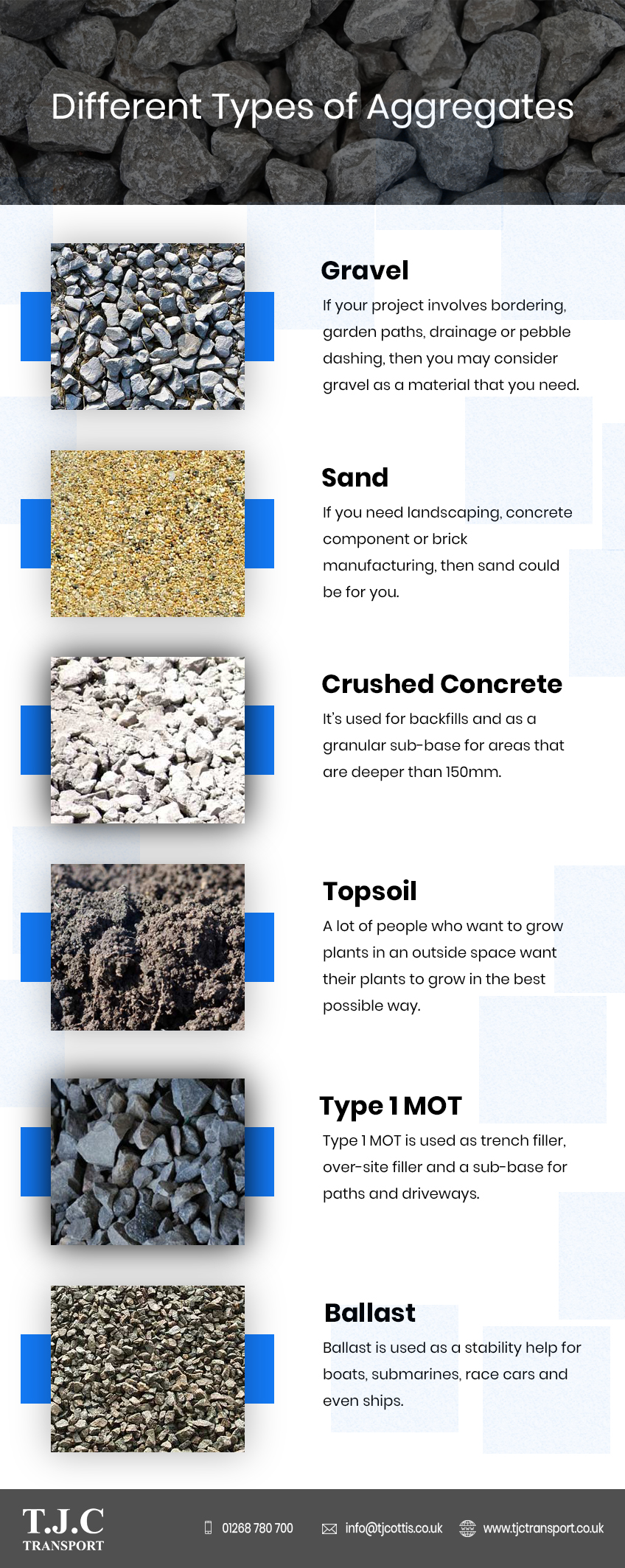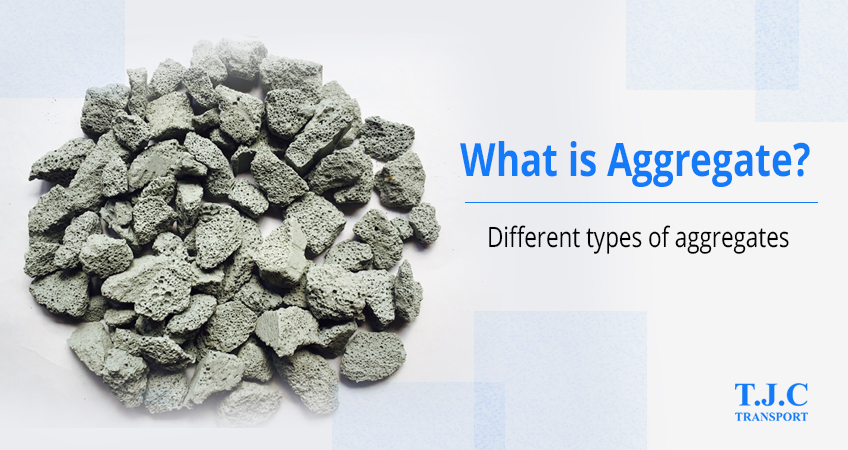Aggregate is a material that is formed by the collection of units or particles into one mass – and in this case, we’re talking construction concrete aggregates. There are many different types of aggregate and in the construction and groundworks industry, you can speak to your local supplier about the different types on offer for your project. For this article, we are going to discuss the different types of aggregates that are available to you as well as their uses.
The Different Types Of Aggregate
There are a variety of categories of aggregates, and these include:
- Gravel
- Sand
- Concrete
- Topsoil
- Type 1 MOT
- Ballast
Let’s explore some of these:
Gravel
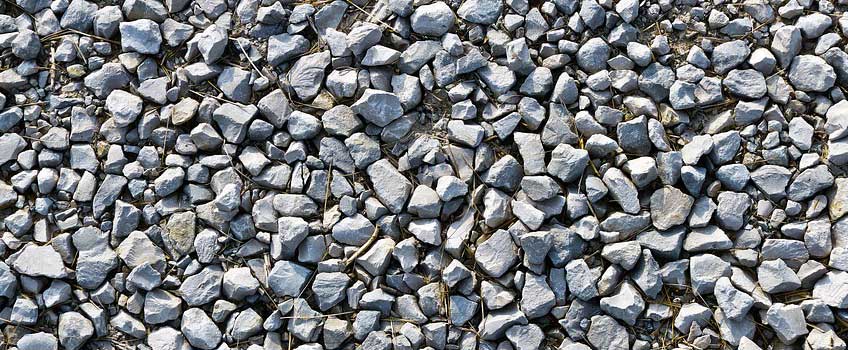
A tough wearing material, gravel is pounded down stones that are made in two ways. The first is in its natural form from rocks smashing together as they roll down riverbeds, and the second is purposefully crushed larger rocks for construction gravel. If your project involves bordering, garden paths, drainage or pebble dashing, then you may consider gravel as a material that you need. Gravel is basically found everywhere, as the roads themselves are mostly composed of gravel, too. Aggregates with gravel are mostly used within fifty miles of their original source, which is interesting to learn. There are different types of gravel, and these include:
- White or Gold Gravel: This comes in 6 and 10mm gold and 10mm white gravel form. It’s excellent for decorating your garden or footpath. It can also come in 20mm gold and 20 and 40mm white, which will also work for drainage and driveways.
Sand

Sand is made of silicon dioxide in the form of quartz and it’s naturally made on the earth: it’s not man made for the most part. If you need landscaping, concrete component or brick manufacturing, then sand could be for you. It’s used in the construction industry as it has the strength and bulk that work very well as part of construction projects. It also blends well to materials such as concrete and asphalt. There are different types of sand, and these include:
- Sharp Sand: Used for slab laying and block paving (0-4mm used at a time)
- Washed Recycled Sharp Sand: For block paving and slab laying
- 0-4mm Reject Sand: This is used for pipe blending
- Building Sand: Used for laying brick and block work, paving slabs etc
- Play Sand: For sandpits used by children
- Soft Washed Sand: For block work and rendering
Crushed Concrete
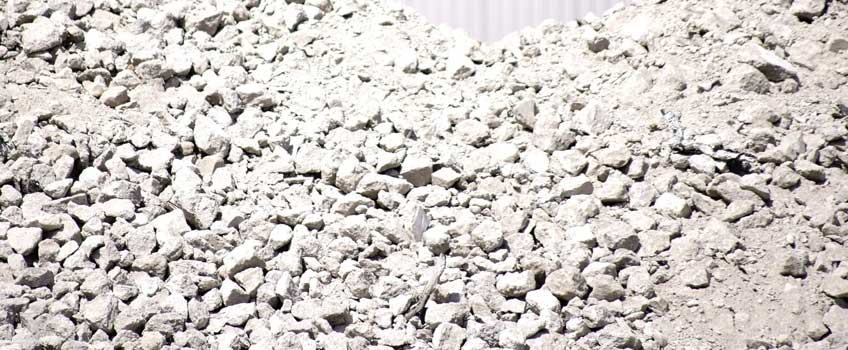
Mostly made with recycled materials, crushed concrete aggregates are usually taken from demolished construction sites and projects. It’s used for backfills and as a granular sub-base for areas that are deeper than 150mm. So, if this fits your project needs, it’s the right material for you. Most construction sites have large amounts of waste products from the buildings and ground after digging and building, and homeowners like to buy the leftover materials to create walkways and garden paths among many other things. Different types of crushed concrete are used as aggregate, and this includes:
- 75mm-200mm Gabion Fill Granite
- Type 1 Crushed Concrete: 50mm to dust. It’s usually used as a sub-base for roads and layering under tarmac and concrete. Lots of big projects use Type 1 for support.
- Type 3 Crushed Concrete: This is 0-63mm in depth and reduced fines
- Tarmac Plainings: This comes in both the screened and unscreened types
- Oversized Clean Crushed Concrete: 75mm-100mm (no fines)
Topsoil
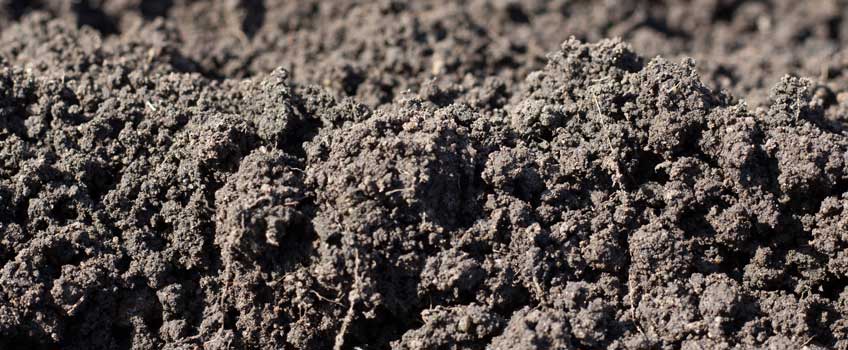
Topsoil has been screened to remove any contaminants, and it’s known as fertile soil. It’s not a human-made product, as it’s made by nature over a century, and it’s for anyone who wants to have an enjoyable garden space. A lot of people who want to grow plants in an outside space want their plants to grow in the best possible way. There are many things that a garden needs and topsoil is one of them. It helps to improve the nutrient cycle and the water-holding capacity of the soil, too. There are many types of topsoil, and it is important to know the difference so that you can choose the right one for you.
- Enriched Topsoil: This is a mix of 10mm compost, and 15mm screened soil. It’s the most common and popular soil that is used for borders, baskets, pots and allotments.
- Premium Topsoil: Usually 10mm, this is used for creating new flower beds and borders. It’s also a good option for general garden use. If your project is your garden, this is an excellent option for the lawn preparation.
- Turfing Soil: At 10mm, this is mixed up of 70/30 sharp sand and soil. It’s the best possible soil for growing grass seed and laying new turf.
- Standard Topsoil: The 20mm standard topsoil is the best to fill the area for gardens that are deeper levelled. The 10mm premium soil should be used on top of this, but it’s essential to think about what’s best for the results you want.
Type 1 MOT
As an approved granular sub-base material, Type 1 MOT is used as trench filler, over-site filler and a sub-base for paths and driveways. It’s made up of a sum of rocks like granite and gritstone.
Type 1 MOT is a stone that meets the standards of the Ministry of Transport. It comes in a variety of sizes and thicknesses, from 0-2mm granite dust to 0-63mm granite and 75mm-200mm Gabion Fill Granite.
Ballast
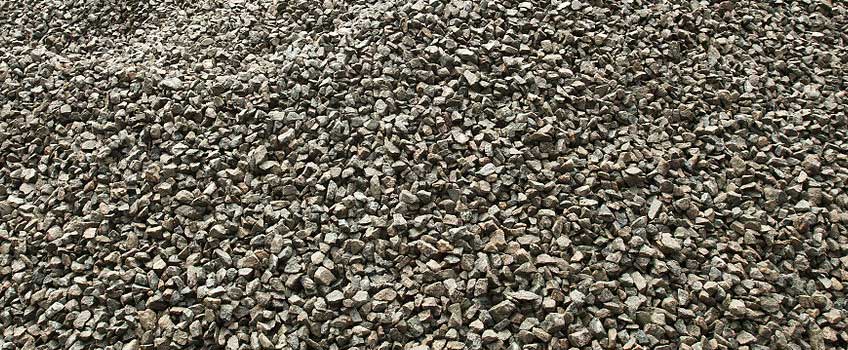
- Raised Ballast: Great for driveways and backfill
- 0-10mm/0-20mm Ballast: Used as a sub-base and for concreting foundations
- 20mm Screened Ballast: For footpaths, oversite fill and driveways
